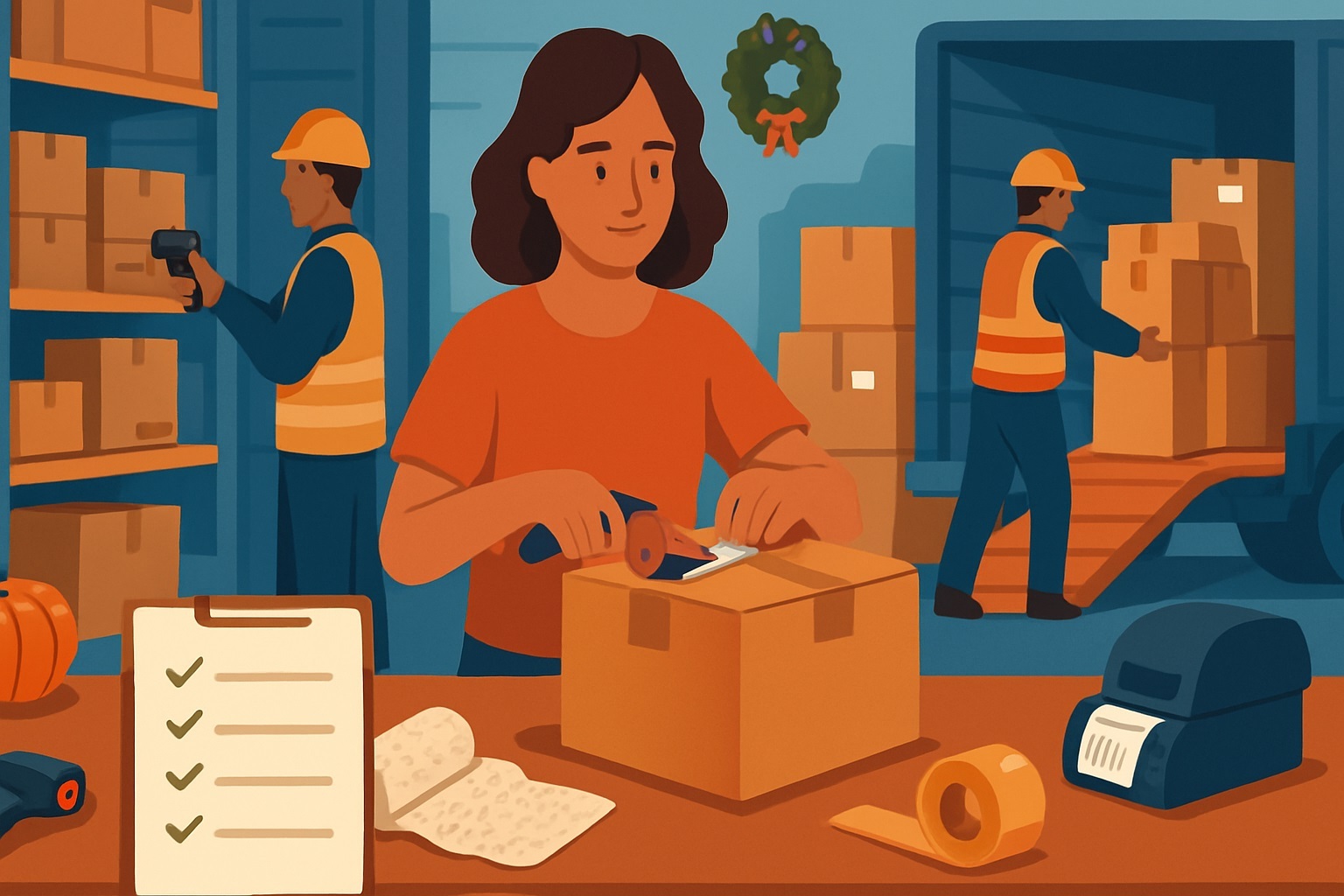When it comes to shipping products, getting them from point A to point B safely and efficiently is about more than just putting a label on a box. Whether you’re shipping to customers, distributors, or retail partners, a few best practices can make a major difference in maintaining product integrity, avoiding delays, and managing costs.
At L&M Distribution & Logistics, we’ve seen firsthand how careful planning and smart shipping strategies help businesses protect their products — and their reputations. Here are a few key best practices to keep in mind:
1. Understand Your Product’s Needs
Every product has unique shipping requirements. Some items may need extra cushioning or insulation, while others could be sensitive to temperature changes. Even if you’re not using temperature-controlled freight, it’s important to consider how environmental conditions can affect your shipment.
For example, during colder months, sensitive materials can freeze if they’re left on a loading dock or in transit for too long. Using protective materials like LGL blankets can help provide an extra layer of insulation and reduce the risk of temperature fluctuations damaging your goods.
2. Plan Around Shipping Timelines
It’s a common misconception that “two-day shipping” always means two days. With carriers like UPS and FedEx, delivery times can vary depending on when a shipment is dropped off and where it’s going. For example, a package shipped on a Thursday afternoon might not arrive until the following Monday, depending on the service level and weekend schedules.
That’s why it’s important to factor in timing — not just distance. If your shipment contains materials that could be impacted by extreme temperatures or long transit times, consider holding off until conditions are more favorable or scheduling pickups earlier in the week.
3. Use the Right Packaging and Protection
Strong, reliable packaging is your first line of defense. Use high-quality boxes, sealing materials, and padding designed to protect your specific type of product. For more sensitive items, adding insulated wraps or blankets, like LGL blankets, can help maintain a more stable environment inside the packaging.
It’s also smart to clearly label your packages with handling instructions (such as “Do Not Freeze” or “Keep Upright”) so carriers know to treat them with care.
4. Communicate with Your Carrier and Logistics Partner
Keeping open communication with your logistics provider helps ensure your shipment is handled correctly. Make sure your carrier knows if your product has any special handling needs or timing considerations. The more details you provide, the better your logistics partner can plan and execute a smooth delivery.
5. Track and Review Shipments
Once your shipment is on its way, track its progress closely. Many carriers offer detailed tracking tools that can alert you to delays or reroutes. Reviewing your shipping data regularly can also help you identify patterns — such as regions where deliveries take longer or times of year when weather impacts transit — allowing you to adjust your strategy over time.
Final Thoughts
Shipping is a critical part of your supply chain, and a proactive approach can help prevent costly issues. By understanding your product’s needs, planning around carrier schedules, using the right protective materials, and maintaining strong communication with your logistics partners, you can deliver reliability and peace of mind to your customers every time.
At L&M Distribution & Logistics, we’re committed to helping our customers streamline their shipping processes and protect their products throughout the journey. With careful planning and best practices in place, you can keep your supply chain strong — no matter the season.


